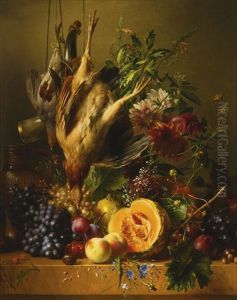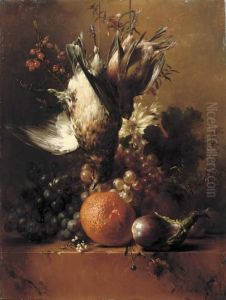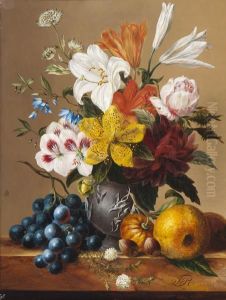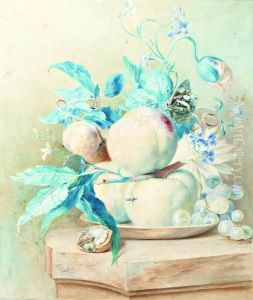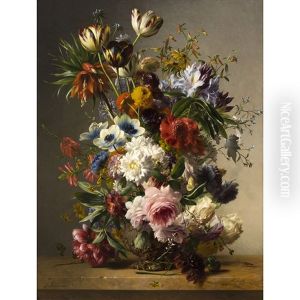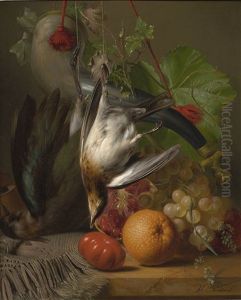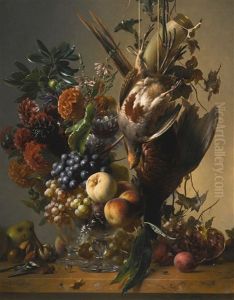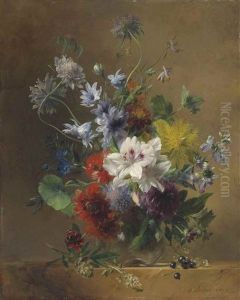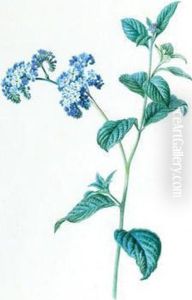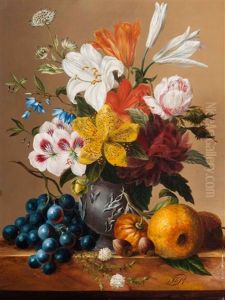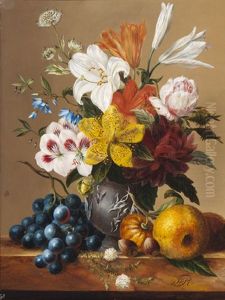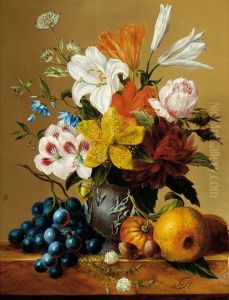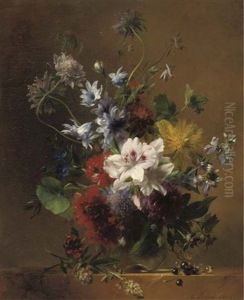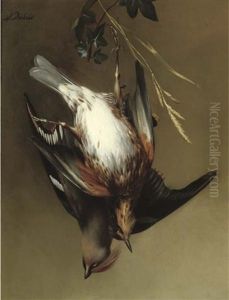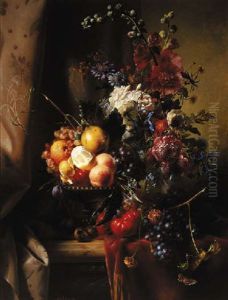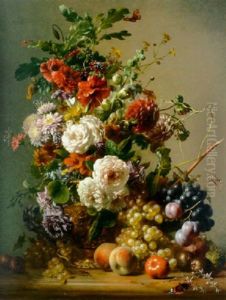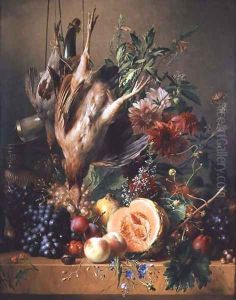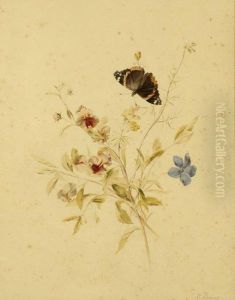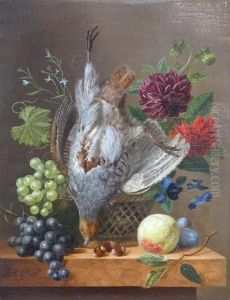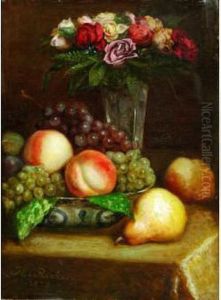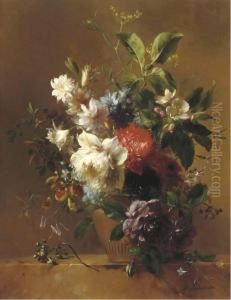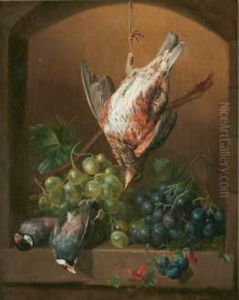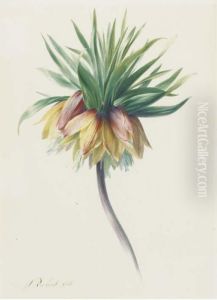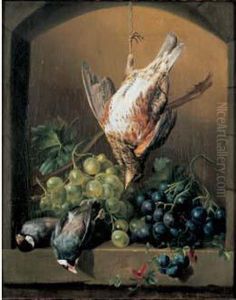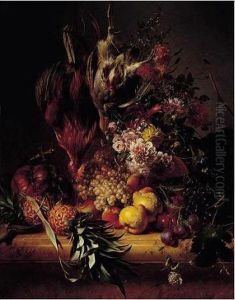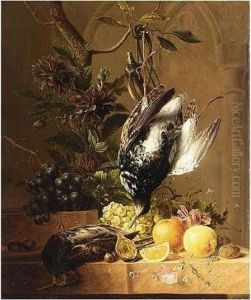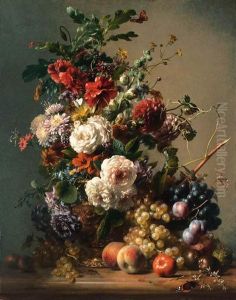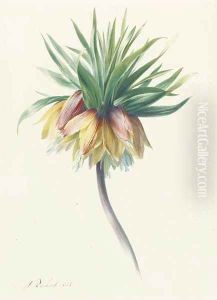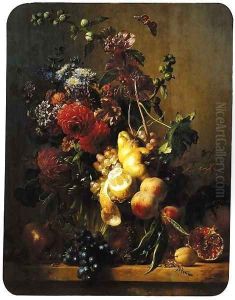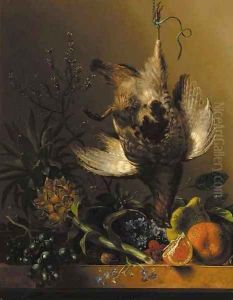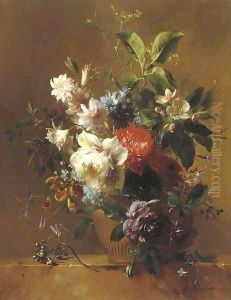Hendrik Reekers Paintings
Hendrik Reekers was a 19th-century Dutch painter known for his still-life works, especially his detailed and realistic depictions of flowers. Born in Haarlem, Netherlands, in 1815, Reekers was part of a family of artists; his father, Jan Reekers, was also a painter, which likely influenced Hendrik's early interest in art.
During his lifetime, Reekers became recognized for his artistic skill in the traditional Dutch still-life genre, which he rejuvenated with his meticulous attention to the texture, color, and composition of natural subjects. His paintings often included a variety of flowers arranged in intricate compositions that reflected both the transient beauty of nature and the enduring quality of art.
Reekers' work was influenced by the Dutch Golden Age masters, which is evident in his careful handling of light and shadow to create depth and realism in his floral arrangements. Despite his relatively short life, Reekers' contribution to the genre was significant, and his works were collected by art connoisseurs in the Netherlands and beyond.
Unfortunately, Hendrik Reekers' career was cut short when he died at the young age of 39 in 1854. His legacy lives on through his beautiful still-life paintings that continue to be appreciated for their technical prowess and serene beauty. Reekers' works can be found in various art museums and private collections, serving as a testament to his skill and the enduring appeal of the still-life genre in art history.
